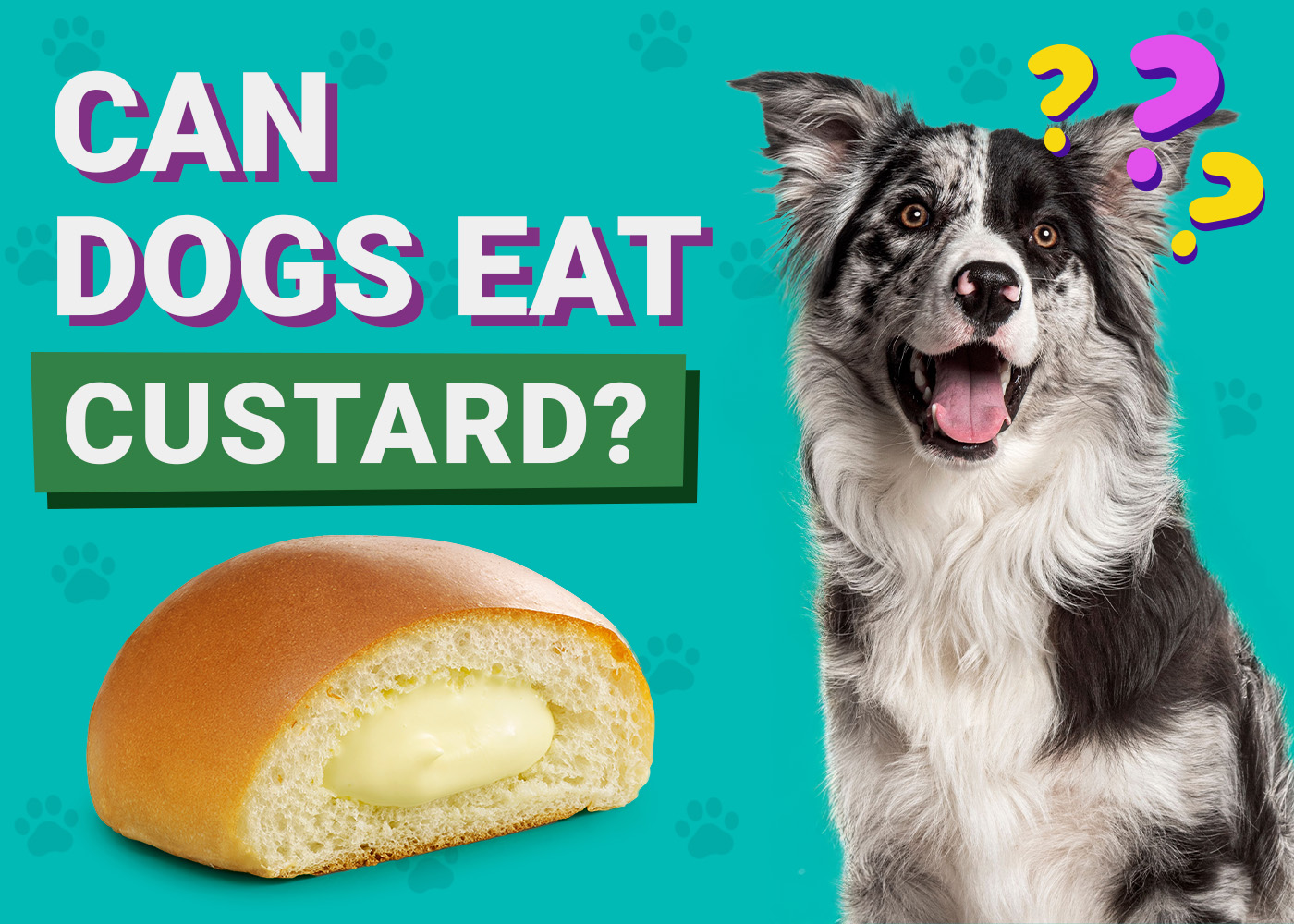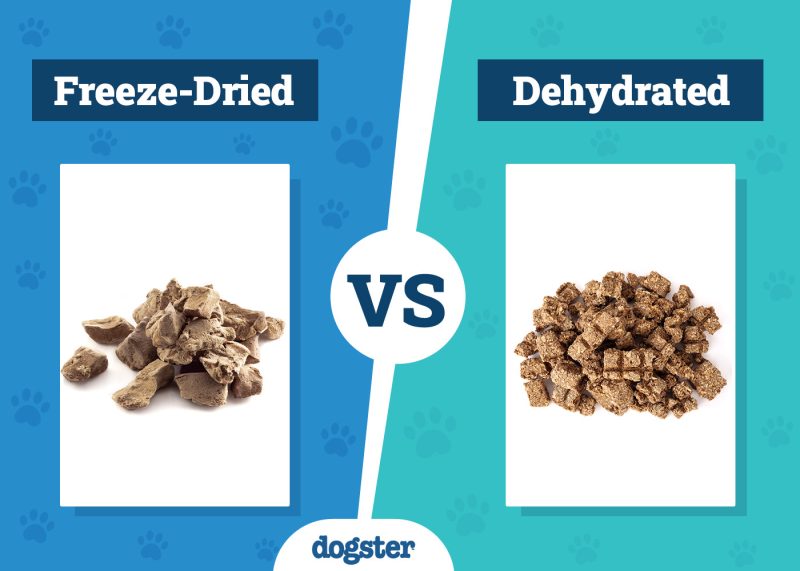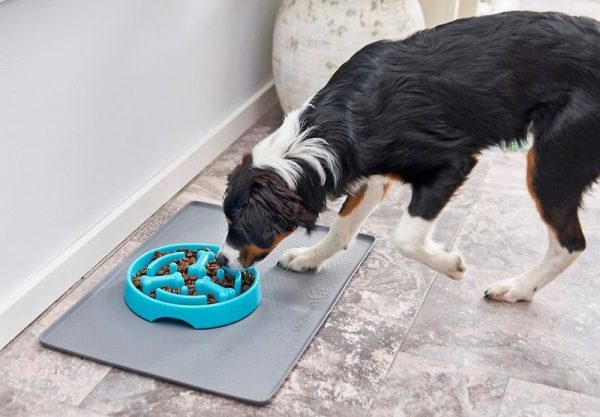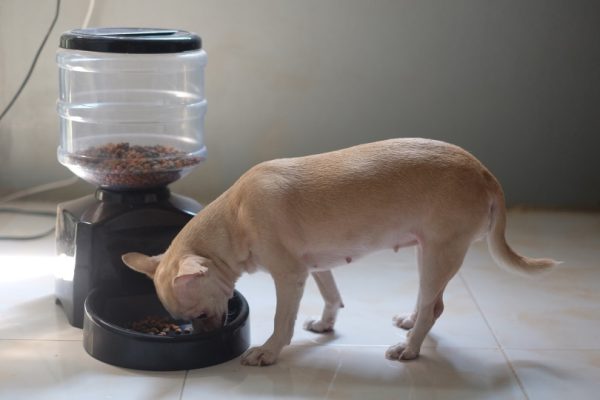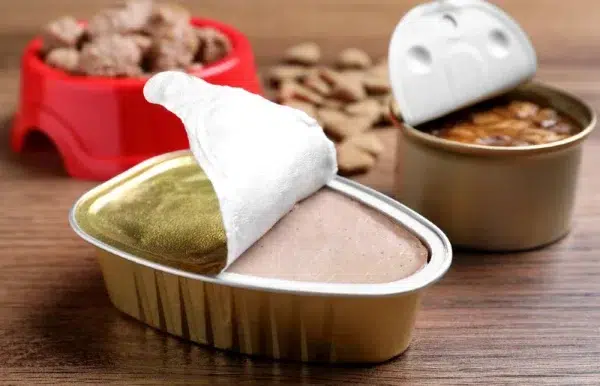In this article
Pastries and sweets are delicacies that us humans enjoy regularly. As curious creatures, dogs will often show interest in our food. It is no secret that dogs will beg you for a taste of whatever delicious snack you’re eating! As a dog owner, you may have wondered if it’s safe to share some of your favorite treats with your furry friend, like custard.
So, can dogs eat custard? If you ask your dog, the answer will be YES! YES! YES! However, the real answer is actually both yes and no. Yes, dogs can eat custard, but no, it is not recommended that they do. While custard itself isn’t toxic to dogs, it’s not recommended as a regular part of their diet due to some potential issues. The main thing to be aware of is the use of the artificial sweetener, xylitol, which is often used in “sugar free” varieties. Xylitol is highly toxic to dog, so if this is on the ingredients list, the answer is a firm NO.
Here, we delve deeper into the world of custard and its impact on our four-legged companions!

What Is Custard? What’s In It?
Custard is a delicious dessert that many of us love. It’s a creamy and smooth treat that is typically made by combining eggs, milk or cream, sugar, and vanilla.
Some variations may include other flavorings or thickeners, such as cornstarch. The mixture is heated, thickened, and then chilled to create the delectable custard we enjoy.
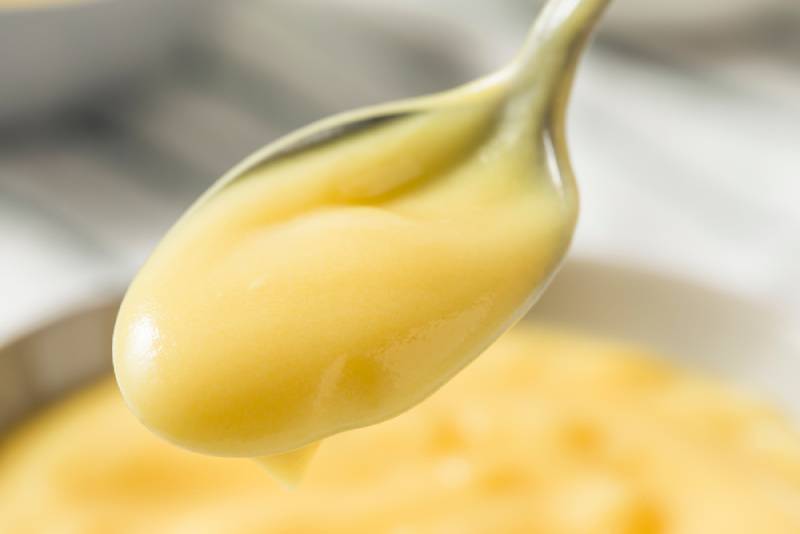
Should You Feed Custard to Your Dog?
While dogs can eat custard in small amounts, it’s important to consider the ingredients and the potential impact on their health. The occasional spoonful or licked bowl can be harmless for your dog, but excessive feeding can lead to a variety of problems. There are several reasons why custard is not recommended as a regular part of a dog’s diet.
A common ingredient in custard is sugar, which is not recommended for dogs. The high sugar and fat content can contribute to weight gain and obesity in dogs. This in turn can predispose them to illnesses like pancreatitis and joint disease.
Additionally, the dairy content in custard can be problematic for dogs, as their digestive systems are not particularly lactose tolerant. Dairy can be difficult to digest and can result in gastrointestinal upset, diarrhea and bloating.
For these reasons, it is best to avoid feeding custard to your canine companion (sorry doggos).
Is Custard Toxic for Dogs?
While not recommended and considered unhealthy, custard itself is not toxic to dogs. However, certain ingredients commonly found in custard can be harmful especially when consumed in large amounts.
For example, some custard recipes use artificial sweeteners like xylitol, which is highly toxic to dogs and can lead to life-threatening conditions like hypoglycemia. Always check the ingredient list and avoid feeding custard with harmful additives or sweeteners to your furry friend.
Also be aware of what the custard is being paired with; if served with a helping of Christmas pudding, the raisins pose a serious toxicity risk to your dog.
Will Dogs Eat Custard if Presented?
Most dogs have a natural instinct to eat whatever food is offered to them, including custard. The creamy texture and sweet taste can be enticing to them, especially if they begged you for it in the first place.
Just because they want to eat it doesn’t mean it’s the best choice for their overall health and well-being. As responsible dog owners, it’s our duty to make informed decisions about what we feed our pets. By being mindful of what we feed our dogs, we can help promote a healthy lifestyle while also providing them with a healthy and balanced diet.
My Dog Ate Custard, What Should I Do?
If your dog has managed to sneak a taste of custard or if your resolve slipped and you fed them some, there’s no need to panic. In most cases, a small amount of custard won’t cause any major harm.
However, it’s essential to monitor your dog for any signs of discomfort or adverse reactions, especially if they consumed a large amount. If you notice any unusual signs or your dog’s condition worsens, it’s best to consult your veterinarian for guidance. If the custard contains xylitol, contact your vet immediately, even if your dog seems fine. They will recommend bringing your dog in so they can make it vomit and start flushing the toxin out of their system.
If you need to speak with a vet but can't get to one, head over to PangoVet. It's an online service where you can talk to a vet online and get the personalized advice you need for your pet — all at an affordable price!
Signs to Look Out for If Your Dog Ate Custard
While every dog is different and may react differently to consuming custard, there are a few common signs to watch out for if your dog has eaten custard.
These signs may include vomiting, diarrhea, excessive thirst, increased urination, abdominal pain or discomfort, lethargy, and loss of appetite.
If you observe any of these signs, it’s important to contact your vet for advice.
What Kinds of Foods That Contain Custard Should Be Avoided?
Apart from traditional custard desserts, custard can be found in various other foods, and it’s essential to know which ones to avoid giving your dog. Some examples include custard-filled pastries, pies, cakes, and other baked goods.
Additionally, flavored yogurts or ice creams that contain custard should also be off-limits. Always check the ingredient list and ensure that any foods containing custard are kept out of your dog’s reach.
What Are Custard Alternatives That Are Safe for Dogs?
If you’re looking for a tasty treat to share with your furry friend, there are several custard alternatives that are safe and healthy for dogs. These options can provide a similar creamy texture and delicious taste without the potential risks associated with traditional custard.
- Plain unsweetened yogurt
- Pumpkin puree
- Banana mash
- Unsweetened applesauce
Remember, when introducing any new food to your dog’s diet, it’s important to do so gradually and in moderation. Keep in mind that individual dogs may have different sensitivities or dietary restrictions, so it’s always best to consult with your veterinarian before making any significant changes to their diet.

Final Thoughts
While custard itself is not toxic to dogs, it’s not recommended as a regular part of their diet. The high sugar and fat content in custard can lead to various health issues in dogs, including weight gain and gastrointestinal upset. If your dog accidentally consumes custard, keep an eye out for any signs of discomfort and consult your veterinarian if necessary.
As responsible pet owners, it’s important to prioritize our dog’s health and choose their diet carefully, sticking to foods that are specifically formulated for their nutritional needs!
Related read:
Featured Image Credit: nelea33, Shutterstock

